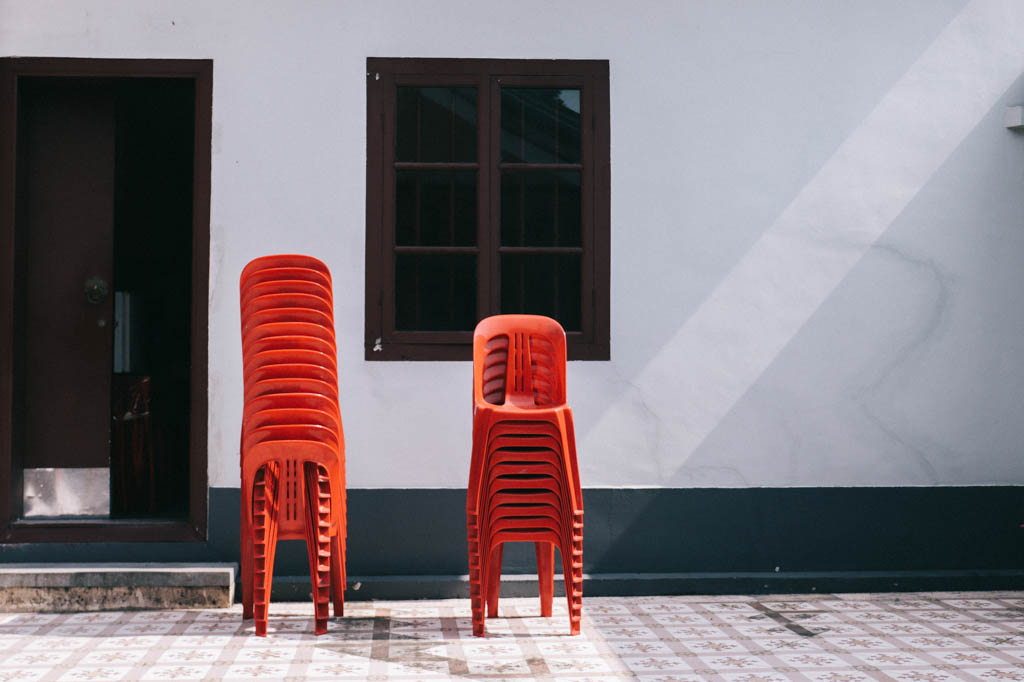Being a good photographer goes beyond knowing the technical specifications and settings on your gear. Developing the elusive “eye for photography”, the ability to envision a great shot, is what distinguishes an average photographer from an exceptional one. While it still takes a combination of experience and skill to capture what you’ve envisioned, here are 5 basic things that can help take your photography up a notch.
1) #SayYesTo Following the Light

EOS 800D, f/4, 24mm, 1/1000, ISO 1600.
The term “photography”, derived from Greek origins, literally means drawing with light. Not only is light the foundation of photography, the contrast created by the presence and absence of light can add depth, ambience and emphasis to any image.
Besides interesting patterns and shadows that add depth to a photo, another unspoken favourite for photographers is the warm glow that bathes the Earth during Golden Hour. Roughly an hour after sunrise and before sunset, the sun cuts through the atmosphere at a low angle chiseling in much more detail into every surface. The low angle also creates shimmery bokeh from light reflecting off things in the background if you’re using a large aperture!(Learn more about aperture)
2) #SayYesTo Seeing the Pattern

EOS 800D, f/4, 24mm, 1/320, ISO 200.
Our minds tend to form patterns out of the things we see. From tiles on a wall to repeated shapes found in nature, patterns can communicate a sense of harmony and rhythm, or disruption when the sequence is broken.
Try shooting the object straight on to emphasise the symmetry or zoom in with a macro lens to capture details we usually overlook. This is where accuracy is important. Making sure the lines are straight or your angle is right will help you to capture the whimsical nature of patterns in everyday objects.
3) #SayYesTo a Pop of Colour

EOS 800D, f/4, 24mm, 1/2000, ISO 200.
Of all the visual elements in photography, colour is probably the most important yet widely overlooked aspect. Colour, or the lack of it, sets the tone quite literally. Is your photo warm and inviting, or cool and modern? Are the colours in harmony, contrast, or just an awkward combination?
Harmony is formed when colours that belong in the same family, but are not too similar, are used. An example would be brown, green and blue, which also happen to be a very natural mix. Contrast, on the other hand, is formed when colours on opposite ends of the colour wheel are used. Contrasting colours include green and red, blue and orange, purple and yellow, and the spectrum between! In the case of the image above, contrast can also be found between the lack of colour and a strong pop of colour.
By purposefully framing your shots, you’ll be able to eliminate distracting components for a cleaner aesthetic overall.
4) #SayYesTo a Unique Perspective

EOS 800D, EF-S18-135mm f/3.5-5.6 IS STM, f/3.5, 18mm, 1/50, ISO 400.
Photographers are always on the look out for new spots and new ways to rediscover the same locations. Challenge yourself to create a different shot from what you’ve already seen online so that you can present your own interpretation and put an interesting spin on things.
This can be done even without a camera. Keep an open mind to the possibilities and envision new angles as you go about your everyday life. This will help train your mind to see the photo opportunities when they come!
5) #SayYesTo an Attention to Detail

EOS 800D, EF-S18-135mm f/3.5-5.6 IS STM, f/4, 24mm, 1/80, ISO 400.
One clear advantage of shooting with a DSLR is the amount of information it can capture. With approx. 24.2 megapixels, the EOS 800D doesn’t just capture better quality, but also higher dynamic range so you see the details even in the shadows. Use this to your advantage and highlight the details by isolating interesting textures, away from irrelevant objects.
At the end of the day, it’s all about knowing what to include and what not to include in your frame. The ability to visualise what makes a good shot is half the battle won! The other half is about knowing how to achieve the shot through the right techniques and settings.
All footages (photos and videos) were shot on the EOS 800D.
Receive the latest update on photography news, tips and tricks.
Be part of the SNAPSHOT Community.
Sign Up Now!

































